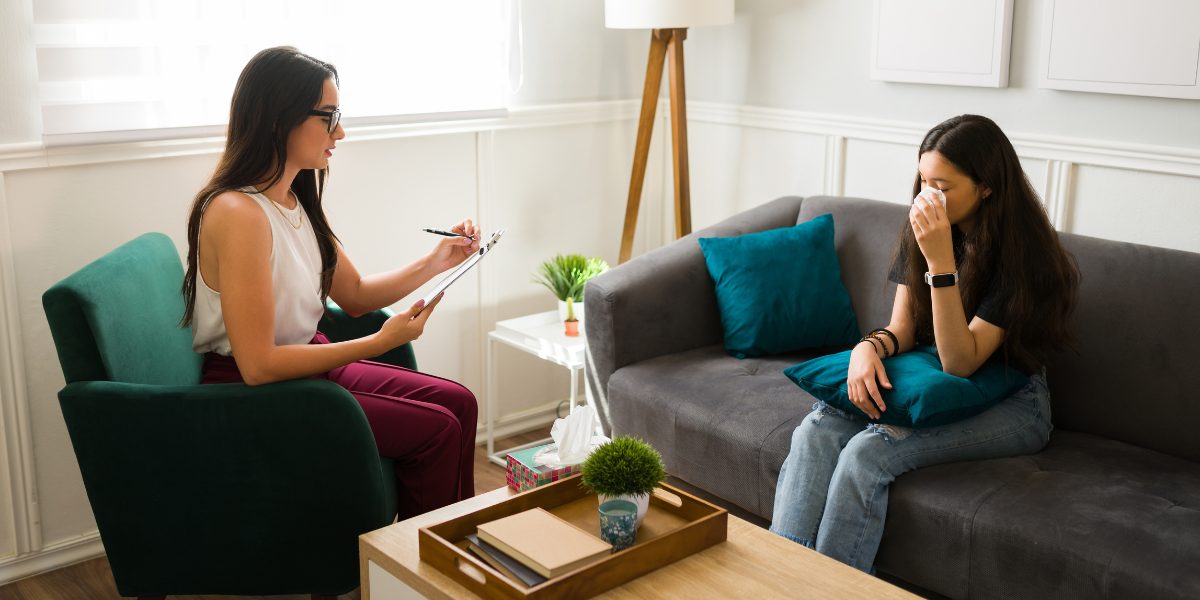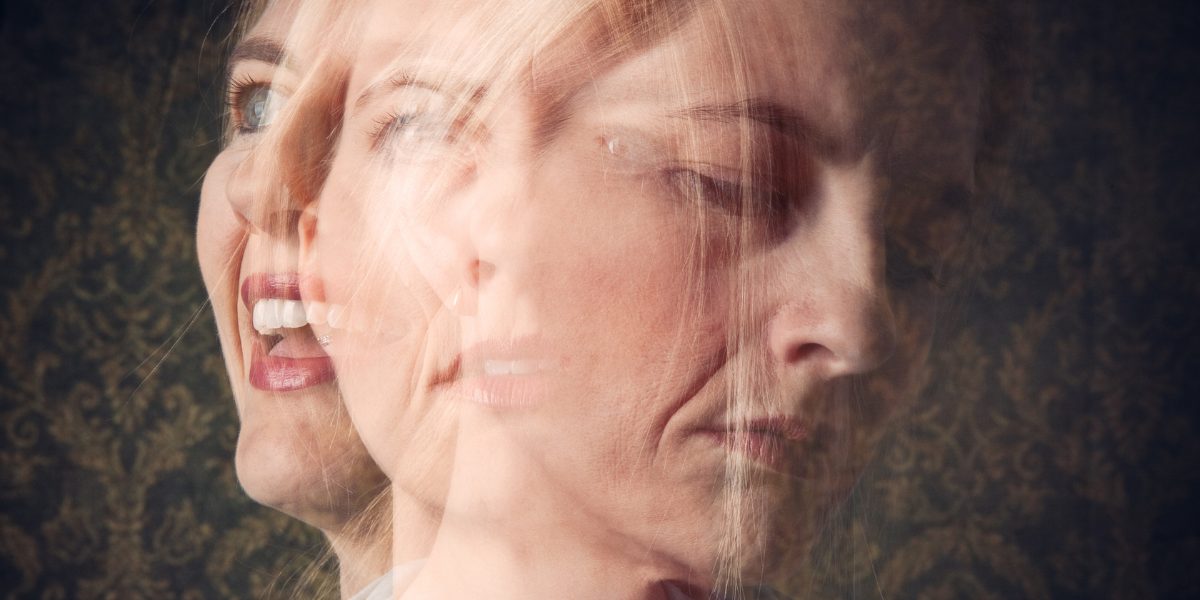Blog > Treatment Strategies > Expressive Therapies and Mind-Body Connection
Expressive Therapies and Mind-Body Connection: How Creative Expression Affects Emotional and Physical Health
Discover how expressive therapy harnesses creativity to support emotional healing, strengthen the mind-body connection, and enhance overall mental well-being.

Last Updated: January 31, 2025
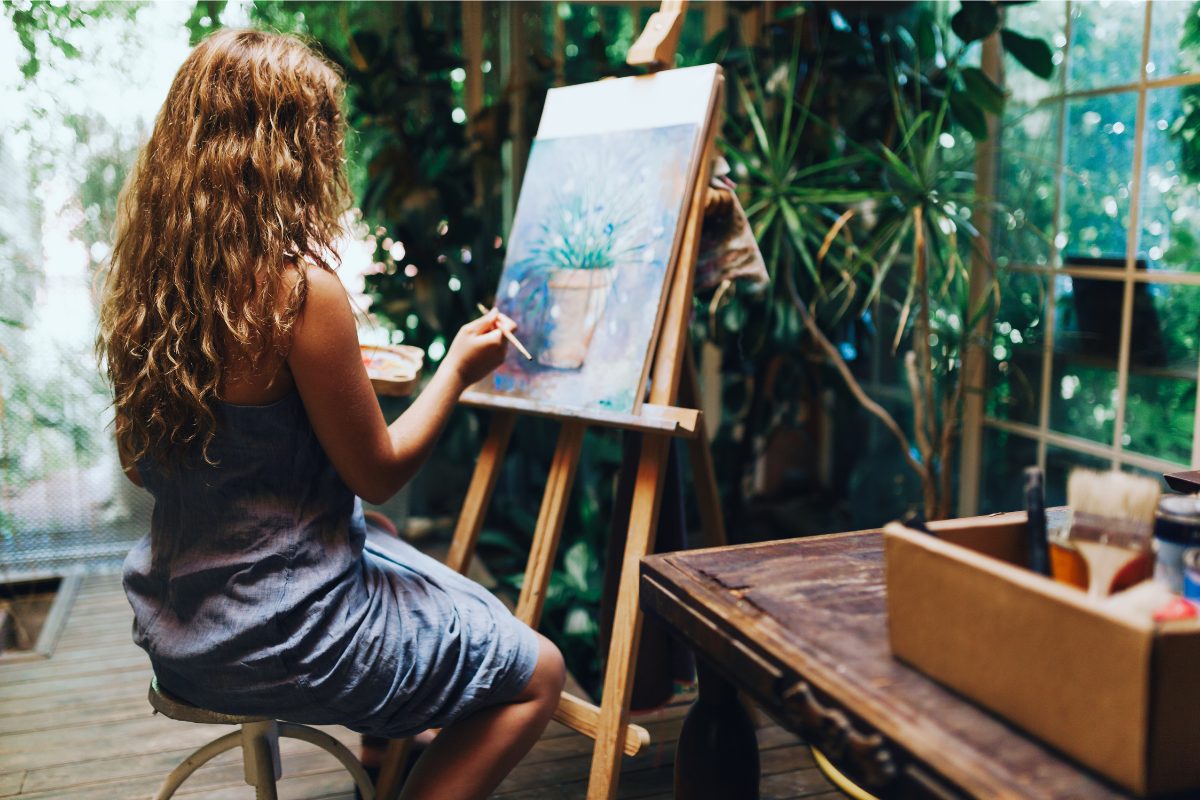

What You'll Learn
- How expressive therapy enhances emotional well-being and strengthens the mind-body connection.
- The different types of expressive therapies, including music, art, movement, drama, and writing therapy.
- The science behind creative expression and its impact on mental health conditions like anxiety, depression, and ADHD.
- Practical ways therapists can integrate expressive therapies into treatment plans to support healing and personal growth.
Expressive therapy, also known as expressive arts therapy or creative arts therapy, is an innovative approach to addressing mental health challenges, especially as the number of individuals living with mental health conditions continues to rise. According to the National Institute of Mental Health, over 23% of the U.S. adult population is affected by a diagnosed mental health condition, with anxiety, depression, and stress-related disorders on the increase. Given this, there is a growing need for new, effective therapeutic methods.
One such approach is expressive therapy, which engages clients in meaningful ways by using creative outlets to promote emotional healing. In this blog, we’ll explore the connection between expressive therapies and the mind-body relationship and discuss how creative expression can impact both emotional and physical health.
What are Expressive Therapies?
The American Psychological Association describes expressive therapy as a form of psychotherapy that relies on nonverbal methods to help a client. This type of therapy uses creativity as a therapeutic outlet and offers a different approach to processing things using the five senses and the three senses of movement.
Instead of only talking about their challenges, patients express their feelings and emotions through different creative activities. There are various types of expressive therapies, including music therapy, art therapy and other forms of creative expression.
We can trace the history of art therapy back to ancient times. For example, some cave paintings demonstrate human emotions and experiences. However, art therapy as a formal practice occurred sometime in the 20th century. Many believe the term was coined by Adrian Hill in the 1940s as artists and therapists began to see the therapeutic benefits of creative activities on individuals with mental health challenges.
How Do Expressive Therapies Work?
It's important not to confuse expressive therapies with regular creative arts classes. They are not the same. Regular classes focus on students showcasing their talents through various art forms. Expressive therapy is more about connecting self-expression and art. There are three main stages of this approach:
- First, creative expression: Here, patients paint, draw, move their bodies or make music to express feelings they may be struggling to put into words.
- Second, understanding emotions: With the help of a therapist, the patients will explore their creative pieces and the connection to their feelings. They can then start having meaningful conversations about what they are going through.
- Third, healing and growth: By engaging in some creative activities, patients can address built-up emotions, reduce stress and tension in their bodies, and improve their overall well-being.
Benefits of Expressive Therapies on Mental and Physical Health
The connection between creative arts therapy and mental health has long been established. Below, we look at some of the advantages of this approach and the role of creativity in healing.
Accommodates Patients Who Struggle to Express Themselves
As a mental health professional, it's important to be open to various forms of therapy, as different patients will respond to different methods. For example, creative arts therapy can be particularly beneficial for patients who struggle with verbal communication. Additionally, creative arts therapy can be effective in helping clients process trauma.
By incorporating movements, painting or music into treatment plans, you can help your patients emotionally express themselves and begin their healing process.
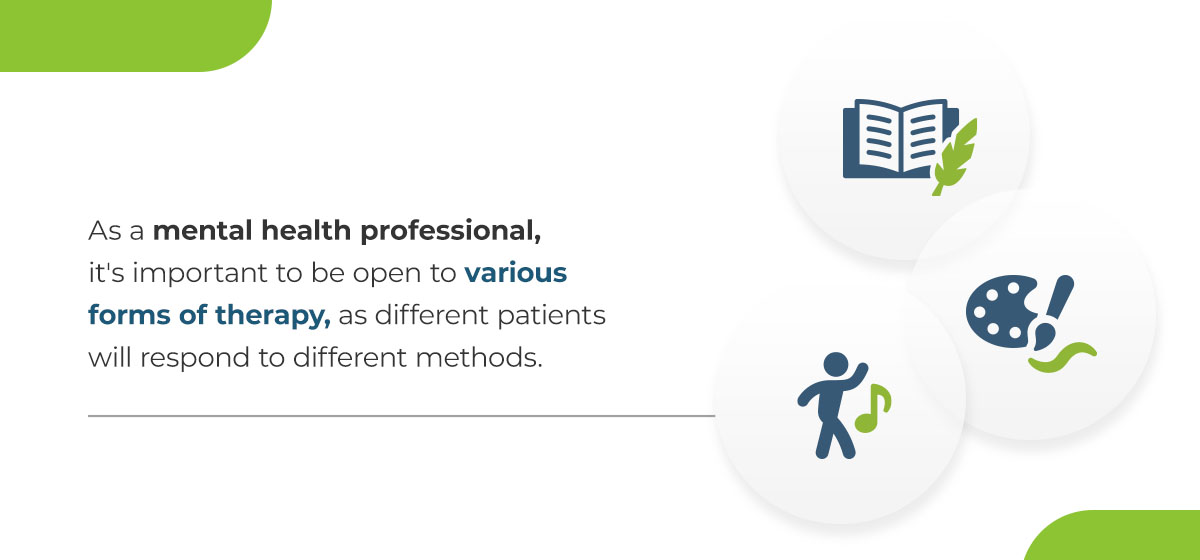
Fosters Personal Growth and Resilience
Sometimes, patients want to take an active role in their healing journeys. They may also not always be able to attend physical therapy sessions. Learning how art can help them address deep-rooted emotions can give them the tools they need for personal growth.
Reduces Symptoms of Mental Health Conditions
The idea that art can help with mental health challenges isn't a new concept. There have been numerous studies conducted to understand the impact that art and creativity have on a person's brain. Many of these studies revealed that dopamine — a hormone released by the brain to give you feelings of satisfaction and pleasure — is closely intertwined with creativity.
Patients who suffer from mental health conditions like depression and attention-deficit/hyperactivity disorder (ADHD) sometimes have low dopamine levels. Since creative arts therapy increases dopamine levels, it could help reduce various symptoms of depression and ADHD.
Improves Self-Esteem and Confidence
When patients create something they can be proud of, this can help boost their self-esteem and confidence. For example, a patient who completes a painting may feel a sense of ownership over the piece and pride about completing the artwork.
Creating art also offers a safe space for your clients to build frustration tolerance and distress tolerance, as art sometimes does not go as planned. Being able to practice feeling frustrated also plays a role in the healing process.
Supports Physical Health and Pain Management
Studies that looked into art therapy and its connection to pain management have found that art therapy can help shift a person's focus away from their physical pain. This can help lower their perception of the pain.
Clients can also use art as a tool to express physical pain in an external and visible way. This can help decrease a felt sense of pain and increase communication.
Enhances Self-Expression and Communication
In addition to struggling to talk about their feelings, some clients may not be able to understand their complex emotions. Expressive therapy gives patients an alternative way to express these emotions through movement, music, colors and more.
Promotes Mindfulness and Relaxation
Creative arts therapy can be a great way to promote patient mindfulness and relaxation. For example, when painting, a patient can enter a "flow state" and give their full attention to the canvas, strokes, shading and other components of the artwork. This can help them shift their minds from some of their challenges, reduce stress and improve overall well-being.
5 Key Areas of Expressive Therapies
There are different types of creative arts therapies for different art forms. Each approach can have unique benefits for patients.
1. Music Therapy
The earliest known reference to music therapy dates back to 1789. This approach focuses on using music or elements of music, such as rhythm, sound and harmony, to help patients achieve a specific goal, like reducing stress. A trained music therapist works with clients to address certain feelings and improve their physical, emotional and mental health.
Music therapy can involve different elements, including:
- Listening to music that helps people feel relaxed and happy.
- Making music by singing, playing instruments or composing songs.
- Group music therapy sessions where social interaction and teamwork are encouraged.
The connection between music therapy and emotional expression can't be denied. This treatment approach can benefit people who have:
- Brain injuries.
- Parkinson's disease.
- Autism spectrum disorder.
- Anxiety disorders.
- Developmental disabilities.
- Substance use disorders.
- Dementia.
- Cancer.
- Mood disorders.
- Learning disabilities.
- Acute and chronic illness.
2. Drama Therapy
The North American Drama Therapy Association was established in 1979 to develop criteria for training and registering drama therapists. A drama therapist helps patients overcome emotional challenges by using acting, role-playing and storytelling to achieve therapeutic goals.
Drama therapy starts with a therapist assessing the client's needs. The therapist must then consider approaches that may help clients meet those needs. The sessions may include:
- Role-playing: A therapist may ask the client to take on different characters. This can help them explore different emotions and perspectives.
- Storytelling: The client could also write a short play or monologue based on real-life events. This can be a powerful way for clients to reflect on and process their emotions.
- Improvisation: A therapist can encourage the client to engage in spontaneous activities. When done in a group setting, this can help enhance creative skills, build confidence and practice social skills.
Drama therapy can be a powerful way to encourage patients to express their emotions. Acting out different but related scenarios can help them confront challenging feelings such as anger, anxiety or grief. For example, an individual experiencing anxiety might act out a scenario that gives them symptoms of anxiety and be able to process their emotions.
The key to having success with drama therapy is having a trained drama therapist facilitate the process. They must provide a safe and supportive environment that will allow their clients to explore their emotions and help them during their healing journey.
3. Art Therapy
Art therapy uses creative activities like drawing, painting and sculpting to help individuals express their emotions, process their unique experiences and promote healing. This isn't such a far-fetched concept, considering the psychological impact that visual stimuli have on people.
Creating art can help people express emotions and experiences, especially those that are challenging to verbalize. Studies have also shown a link between visual arts, self-discovery and healing.
A typical process involving art therapy may include:
- Creative expression: Here, a patient may create an art piece that expresses their emotions or any feelings they struggle to communicate.
- Therapeutic process: An art therapist will facilitate sessions with the patient to create their art pieces and then reflect on their work. This can involve discussing what the artwork means to them, what it represents and how it relates to some of their experiences.
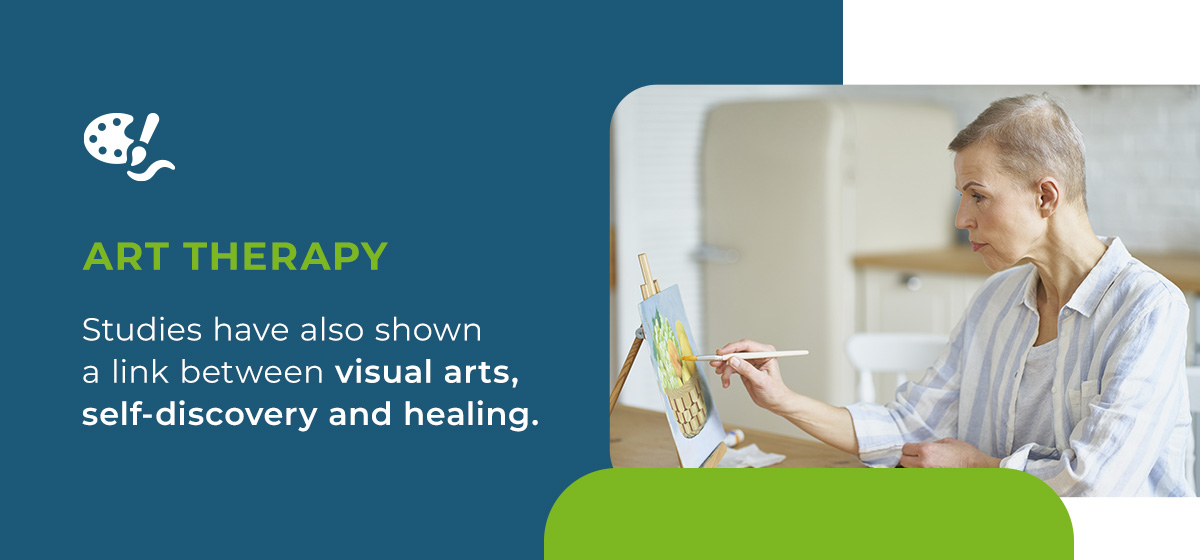
4. Dance/Movement Therapy (DMT)
The American Dance Therapy Association describes DMT as a type of therapy that uses movement to help promote social, cognitive, emotional and physical integration of a person, with the goal of improving their overall well-being. This form of therapy involves different types of creative expression and therapeutic techniques that can help an individual explore their feelings and find healing. The dance or movements can be structured or spontaneous.
DMT can involve having a client move their bodies to music, spoken word or meditation to express their thoughts and feelings and physically connect with these emotions. For example, someone excited about a recent life event might move their body freely to express joy. A movement and dance therapist will guide the sessions and create a space where the client feels safe and supported to express and explore their emotions.
A key component of DMT involves linking the mind and the body. This form of therapy acknowledges that physical movement can influence emotions. This shouldn't come as a surprise, considering how much dance —and any form of physical movement — can help the body release endorphins, which help to improve a person's mood.
Group movement therapies can also encourage social interaction and teamwork. In these sessions, the participants will work together to perform dances or exercises. This can be a great way to work with clients who struggle with cooperation and connecting with others.
5. Writing Therapy
Writing therapy encourages patients to express their thoughts and emotions through written pieces like journaling, storytelling or poetry. For example, if a patient struggles to clarify their goals, their therapist might encourage them to write a letter to their future self. This might help explain their goals, aspirations and what matters to them.
Writing therapy is effective and accessible. It is often used in health settings, personal development contexts and educational environments. In addition, writing therapy can be useful in combination with narrative therapy, which focuses on rewriting and recontextualizing a client's story.
Research has shown that writing therapy can have a positive effect on multiple conditions and circumstances, including:
- Post-traumatic stress disorder.
- Depression.
- Obsessive-compulsive disorder.
- Chronic illness issues.
- Eating disorders.
- Interpersonal relationship challenges.
- Anxiety.
- Grief and loss.
- Substance abuse.
- Communication skills.
A therapist might encourage a patient to:
- Write a letter to themselves.
- Write a poem.
- Create a mind map — a map with the main challenges in the middle and branches that address different aspects of the challenge.
- Write letters to others.
- Free write, where the client can write anything that comes to mind.
Once the patient has expressed their feelings on paper, the therapist can help the patient address what they wrote. Writing therapy can have many benefits, including emotional processing, self-reflection and stress relief.
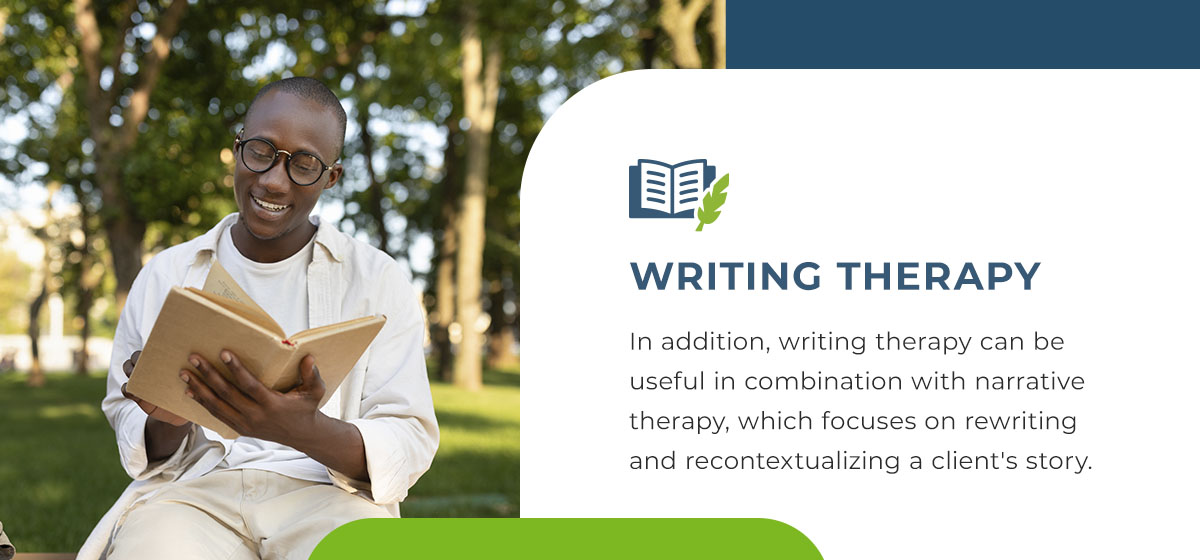
Why Trust ICANotes for Documenting Your Expressive Therapy Sessions?
As a mental health professional, you play a significant role in helping your patients understand their feelings. In addition to understanding their emotions, you want to help them find healthy ways to address them. Accurate documentation of all your sessions is critical during creative arts therapy, as this will help you examine each of your client's needs, which activities they do and do not respond well to, and how best to help them through their healing journeys.
For more than two decades, ICANotes has helped behavioral health professionals maintain legible, accurate and secure notes throughout patient treatment. Our electronic health record (EHR) software offers a comprehensive system to streamline documentation. With ICANotes, you can confidently treat your patients, knowing you have a streamlined documentation process.

Implement Effective Creative Arts Therapy Strategies
As a behavioral health professional, mental health records are invaluable to your patient's healing journey. Organized and compliant documentation will help you remember key details to offer your client the right treatment.
That's why the ICANotes EHR features easy-to-use mental health templates and notes. You can streamline your process by reducing your documentation time. As a result, you'll have more time to dedicate to your patient and their needs. You can start your free trial today or book an online demo to discover how to improve your workflow.
Get Your Free 30-Day Trial
No Credit Card Required
Related Posts
Sara Blevins-Ranes, MA, LPC, ATR, graduated with her BA in Art Therapy and Psychology from Converse University and with her MA in Art Therapy from The George Washington University. Located in Texas, Sara is a trauma-informed clinician who specializes in child and adolescent crisis care and has experience with active duty and veteran populations, school-based therapy, as well as within hospice care for children and adults.


